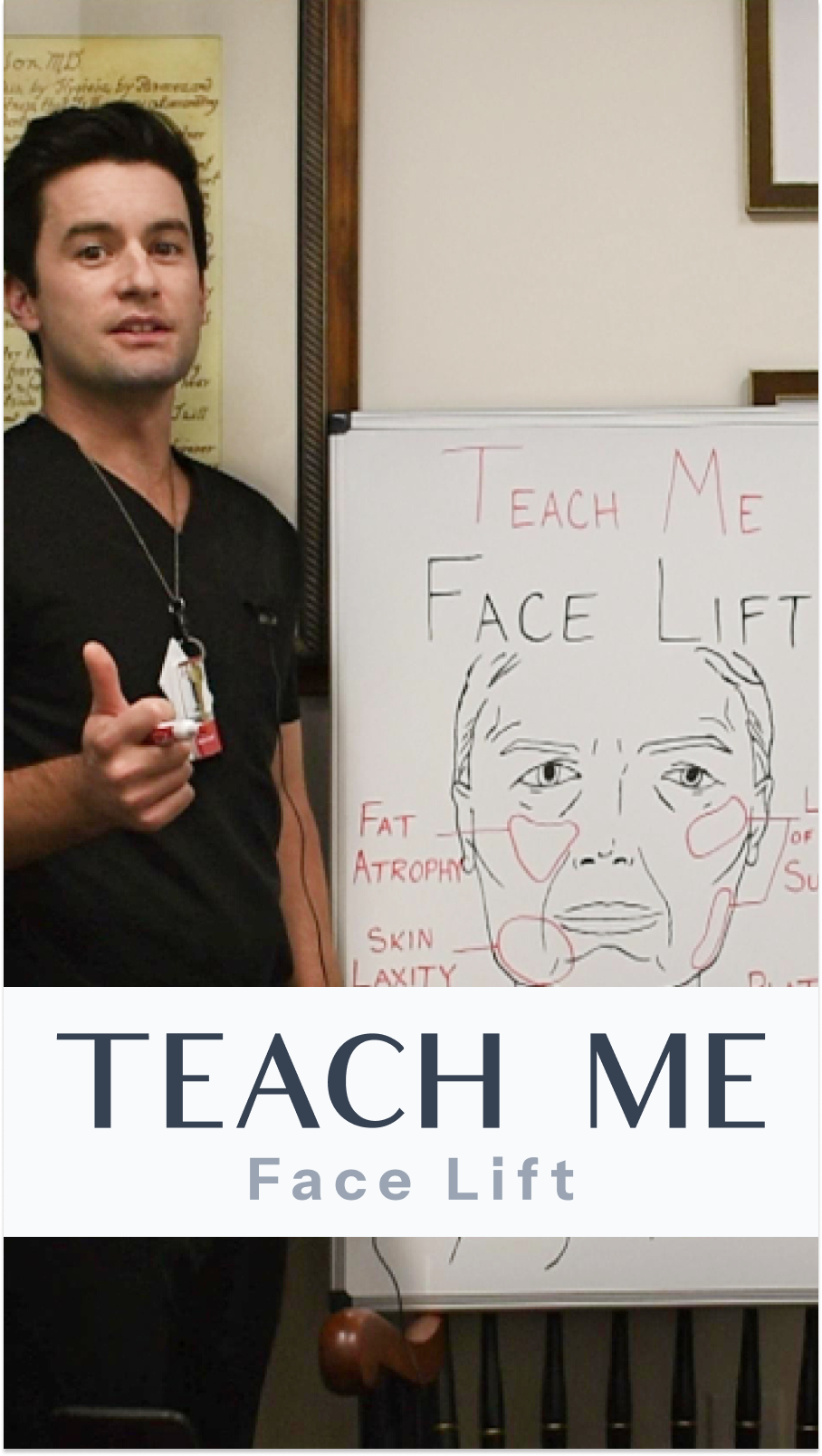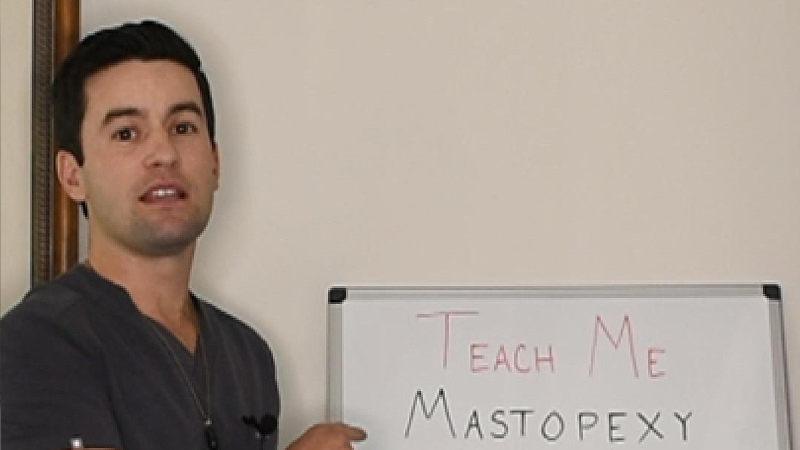Teach Me: Face Lift
A Comprehensive Guide to Facial Rejuvenation
Facial aging is one of the most common concerns I address in my Dallas practice. While many patients come in asking about a facelift, few truly understand the complex process of how faces age—and how we reverse it. Today, I'm breaking down the science behind facial aging and the facelift procedure.
The Four Levels of Facial Aging
Aging isn't just about wrinkles or sagging skin. It's a comprehensive process that affects every layer of your face:
1. Bone Loss
At the deepest level, we experience loss of bony support in critical areas—particularly in the midface and along the jawline. This skeletal resorption creates the foundation for visible aging, as the facial structure literally shrinks over time.
2. Muscle Displacement
The neck muscles that once worked in harmony begin to pull apart and this creates the vertical bands. This muscular separation contributes to sagging and loss of definition, particularly around the jawline and neck.
3. Fat Atrophy
We lose the fat that once gave our faces youthful volume and smooth contours. This volume depletion occurs in specific areas—the cheeks hollow, the temples sink, and the face takes on a deflated appearance.
4. Skin Laxity
Finally, the skin itself loses elasticity due to both gravity and the natural aging process. Without the underlying support structure, the skin begins to sag and drape loosely over the face.
How a Facelift Addresses These Changes
When we perform a facelift, our goal is to reverse these visible signs of aging and deliver natural, youthful results. We accomplish this through two primary techniques:
Repositioning and Tightening: We carefully lift and reposition the underlying tissues, tightening the structural support of the face. This addresses the laxity that develops over time.
Volume Restoration: We strategically restore volume in areas where young faces naturally have fullness—particularly in the midface and along the cheekbones. This recreates the smooth, full contours of youth.
The Surgical Approach: Discreet Incision Placement
One of the most common questions I receive is about scarring. The key to a successful facelift is accessing the midface through incisions that heal virtually invisibly.
We use a carefully planned incision that:
- Begins along the hairline
- Curves naturally in front of the ear
- Follows onto the tragus (the small cartilage projection in front of the ear canal)
- Extends up and behind the ear
- Ends in the hairline behind the ear
This strategic placement allows us complete access to address all levels of facial aging while keeping incisions hidden within the natural contours of your hairline and ear anatomy. When properly executed and healed, these incisions are exceptionally well-concealed.
The Result: Natural, Lasting Rejuvenation
A well-performed facelift doesn't just pull skin tight—it comprehensively addresses the anatomical changes that create an aged appearance. By working at multiple levels, we can achieve results that look natural, not "overdone," and that stand the test of time.
The goal is never to change how you look, but rather to restore the youthful version of yourself—the face you remember from years ago.
Is a Facelift Right for You?
If you've noticed:
- Loss of jawline definition
- Jowling along the lower face
- Deep nasolabial folds
- Sagging in the midface or cheeks
- Loose skin on the neck
- An overall tired or aged appearance
A facelift consultation may be your next step toward facial rejuvenation.
Schedule Your Facelift Consultation in Dallas
Dr. CJ Conlon offers comprehensive facelift consultations at his Dallas practice. During your visit, we'll evaluate your unique facial anatomy, discuss your aesthetic goals, and create a personalized surgical plan designed to deliver natural, beautiful results.




